ISSN ONLINE(2319-8753)PRINT(2347-6710)
ISSN ONLINE(2319-8753)PRINT(2347-6710)
Shrinivas Ghodke1, Rajesh Patel1 and Uma Chudasama2*
|
| Related article at Pubmed, Scholar Google |
Visit for more related articles at International Journal of Innovative Research in Science, Engineering and Technology
Mesoporous Zr-MCM-41 and Ti-MCM-41 have been synthesized at room temperature by sol-gel method using templates possessing high surface area, good thermal stability and maximum M4+ incorporation varying SiO2:ZrO2/TiO2 ratios. The salient feature is synthesis of the materials at room temperature. Both the synthesized materials have been characterized for elemental analysis by ICP-AES, XRD, TEM, SEM, EDX, surface area (by BET method), pore volume and pore distribution (BJH method), UV-DRS, FTIR and TGA. Further, the catalytic potential of both the materials have been compared by studying epoxidation as a model reaction using H2O2 as an oxidant in the conversion of allyl chloride to selectively produce epichlorohydrin in a single step at room temperature by varying several parameters such as catalyst amount, reaction time, types of oxidants including catalyst regeneration and reuse.
Keywords |
| Mesoporous Zr-MCM-41; Mesoporous Ti-MCM-41; Solid oxidation catalysts; Epoxidation; Epichlorohydrin. |
INTRODUCTION |
| MCM-41 based materials have negligible catalytic activity due to framework neutrality, however with advantageous properties like mesoporous nature of the material, good thermal stability, high surface area and retention of surface area at high temperatures. Thus, the main aim of the present study was to encash the advantageous properties of MCM-41 and enhance its practicability in catalysis using Green Chemistry principles. |
| Metal incorporated MCM-41, could be considered as mesoporous mixed oxide materials, where metal oxides are highly dispersed whereby more active sites are available. Moreover, the mixed oxides generate some particular properties, which are not possessed by silica or transition metal oxide alone. For example, it has been reported that zirconium incorporated mesoporous silica exhibited strong acidity, although the acidities of both zirconia and silica are weak [1- 3]. |
| The study of metal based mesoporous composites has been a hot subject. Various transition metal ions such as Fe, Nd, Cu, Mo, Co, Ni, Al, Mn, V, Ti, Zr and Ce have been introduced into the framework of MCM-41 mesoporous molecular sieve to give it some redox sites, due to which the materials exhibit remarkable catalytic performance [4]. |
| Much attention has been focused towards Zirconium containing mesoporous materials as potential candidates in catalytic applications, due to their both moderate acidity and oxidizing capacity. The limitation of low surface area (lower than 50m2/g) can be overcome by supporting Zirconia on high surface oxides mainly silica, resulting in catalysts which display strong acidity and show satisfactory activity in a diversity of organic reactions [5,6]. |
| To extend the Zirconia catalytic capabilities, to larger organic substrates, the feasibility of incorporating Zr atoms into mesoporous silica has been explored. Zr atoms have been introduced into the framework of ordered and disordered (HMS) mesoporous silicas. These solids combine high surface area (usually higher than 800m2/g) and size selectivity. Synthesis of microporous TS-1, titanium substituted zeolites have attracted great attention because of their remarkable catalytic performance for selective oxidations of various organic substrates [7-10]. However, they cannot effectively catalyze conversion of bulky molecules, which have no access to the active sites located inside the micropores. Thus, attention has increasingly been directed towards the study of metal-containing mesoporous materials suitable for the transformation of bulky organic compounds [11-14]. Ti-MCM-41 materials have been studied as catalysts for various reactions [15]. |
| Epichlorohydrin (ECH) an epoxide, is an extremely versatile chemical intermediate used in a wide variety of applications including epoxy resins, textiles, papers, inks, dyes, ion exchange resins, in some surface active agents used in cosmetics, in the production of epichlorohydrin elastomers and polyamide-epichlorohydrin resins, water treatment chemicals, synthetic glycerol, polyols and glycidyl derivatives. Traditional epoxidation processes include, non-catalytic process using chlorine, co-epoxidation processes and catalytic processes based on organic peroxides and peracids [16]. These processes are very capital-intensive. The use of chlorine has environmental disadvantages due to the large output of chlorine-laden sewage. The employment of peracids is not a clean method as an equivalent amount of acid waste is produced. Furthermore, the homogeneous catalytic processes usually suffer from the difficulty of product separation and catalyst recovery. |
| Hydrogen peroxide (H2O2) is an attractive option as an oxidant that can epoxidize olefinic compounds in the presence of various transition metal-containing catalysts such as Ti, V, Cr, Mo etc [17]. As the oxidant, H2O2 does not cause environment pollution, is of low cost and produces only water, besides the major product under mild reaction conditions. Due to good oxidative properties, H2O2 has found applications in many processes, displacing other chemical oxidants which are associated with the formation of wastes [18]. |
| In the present endeavour, Zr4+ and Ti4+ have been incorporated into mesoporous siliceous MCM-41 framework, varying SiO2:ZrO2/TiO2 ratio via sol-gel process using templates. Both the synthesized materials were characterized for elemental analysis by ICP-AES, XRD, TEM, SEM, EDX, surface area (by BET method), pore volume and pore distribution (BJH method), UV-DRS, FTIR and TGA. Further, the catalytic potential of both the materials have been compared by studying epoxidation as a model reaction using H2O2 as an oxidant in the conversion of allyl chloride to selectively produce epichlorohydrin in a single step at room temperature by varying several parameters such as catalyst amount, reaction time, types of oxidants including catalyst regeneration and reuse. |
MATERIALS AND METHODS |
Synthesis of Zr-MCM-41 |
| As indicated in optimization table 1 entry no. 3 indicates optimum conditions. We hereby describe synthesis of Zr- MCM-41-5 under optimized conditions. The molar composition of Zr-MCM-41 is 1SiO2:0.2 ZrO2:0.6CTABr: 40H2O. In the first step, TEOS 87.42 g was mixed with 100 g DDW under continuous stirring at room temperature for ~15 min, in a polypropylene container, to which was added an aqueous solution of ZrOCl2 (prepared by dissolving 28.72 g in 60 g DDW) dropwise and with constant stirring within ~15 min. This is the precursor solution (A). An aqueous solution of CTABr was prepared by dissolving 90.11 g CTABr in 133.74 g DDW under continuous stirring at room temperature (B).Template solution B was added to precursor solution A, dropwise and under constant stirring within ~15 min. The pH of the resultant solution was adjusted to ~9.5 using 20% TPAOH. A gel was formed which was further stirred for 30 min. The polypropylene container was now closed and allowed to age at room temperature without stirring for 24 hrs. The resultant gel was filtered, washed with DDW to remove adhering ions and dried at 120°C followed by calcination at 550°C for 6h, at a heating rate of 2°C/min. This material was used for all further studies. |
 |
| The molar composition of Ti-MCM-41 is 1SiO2:0.033 TiO2:0.25CTABr: 40H2O. In the first step, TEOS 103.25 g was mixed with 5.46 g TBOT under continuous stirring at room temperature for ~15 min, in a polypropylene container. This is the precursor solution (A). An aqueous solution of CTABr was prepared by dissolving 44.36 g CTABr in 346.93 g DDW under continuous stirring at room temperature (B). Template solution B was added to precursor solution A, dropwise and under constant stirring within ~15 min. The pH of the resultant solution was adjusted to~9.5 using 20% TPAOH. A gel was formed which was further stirred for 30 min. The polypropylene container was now closed and allowed to age at room temperature without stirring for 24 hrs. The resultant gel was filtered, washed with DDW to remove adhering ions and dried at 120°C followed by calcination at 550°C for 6h, at a heating rate of 2°C/min. This material was used for all further studies. |
Catalyst characterization |
| Elemental analysis was performed on ICP-AES spectrometer (Thermo Scientific iCAP 6000 series). X-ray diffractogram was obtained on X-ray diffractometer (Bruker D8 Focus) with Cu-Kα radiation with nickel filter. FTIR spectra was recorded using KBr pellet on Shimadzu (Model 8400S). Thermal analysis (TGA) was carried out on a Shimadzu (Model TGA 50) thermal analyzer at a heating rate of 10 ºC·min-1. SEM and EDX of the sample were scanned on Jeol JSM-5610-SLV scanning electron microscope. TEM was performed using Philips CM30 ST electron microscope operated at 300kv. Surface area measurement was carried out on Micromeritics Gemini at -196oC using nitrogen adsorption isotherms. UV-Visible-diffuse reflectance spectra was obtained using UV-DRS, 2450 Shimadzu. Conversion of allyl chloride to epichlorohydrin was determined by GC using Chemito 800 plus equipped with flameionization detector (FID). |
Catalytic activity: Epoxidation of allyl chloride to epichlorohydrin |
| In a typical reaction, 2.5 g catalyst (Zr-MCM-41-5), 10 mmol methanol (MT) (as a solvent), 10 mmol allyl chloride (AC) and 10 mmol H2O2 (50%) were taken in a 50 ml three necked round bottomed flask, equipped with a water condenser and placed on a magnetic stirrer. The reaction mixture was stirred at room temperature for 5h after which sample was withdrawn and analyzed by GC. H2O2 concentration before and after reaction was determined by iodometric titration. All reactions were carried out varying several parameters such as reaction time, amount of catalyst used, catalysts used with varying SiO2:ZrO2 and SiO2:TiO2 ratio in Zr-MCM-41 and Ti-MCM-41 samples respectively, and amount/types of oxidant used and these parameters were optimized using Zr-MCM-41-5 (Table 3). Using these optimized conditions, the activity of the other synthesized catalysts with different Zr and Ti content has been studied. After separation of catalyst in reaction mixture by decantation, it is first refluxed in ethanol for 30 minutes, followed by drying at 120oC. This material was used as recycled catalyst. This regeneration procedure was followed in subsequent recycle reaction. |
RESULTS AND DISCUSSION |
Catalyst characterization |
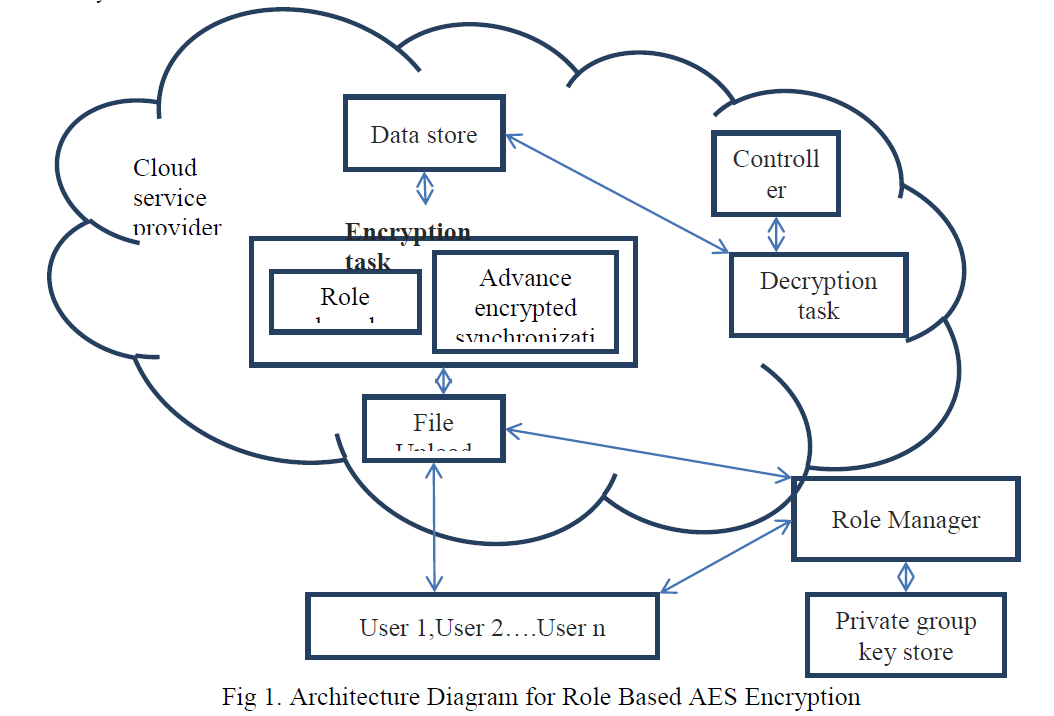 |
| XRD of Zr-MCM-41 and Ti-MCM-41 are presented in Fig. 1 and 2 respectively. In both the cases, peak for 2θ between 2o and 3o, which is characteristic of the Bragg plane reflection (100) is observed, which is sufficient evidence to indicate the incorporation of Zr4+ and Ti4+ in the framework of MCM-41. With increasing incorporation of Zr4+ and Ti4+, the diffraction peak (100) becomes broad and weak, accompanied by decrease in intensity and long range ordering of materials, which is in agreement with results obtained from the literature [19]. In Zr-MCM-41 synthesized in the present study, this peak is absent, which is further evidence to incorporation of Zr4+ in the MCM-41 framework with good dispersion and absence of ZrO2 cluster [20]. |
| SEM images of Zr-MCM-41-5 and Ti-MCM-41-30 (Fig. 3 and 4) exhibits irregular morphology. Elemental analysis for Zr-MCM-41-5 performed by ICP-AES shows % ZrO2 and % SiO2 to be 29.51 and 70.01 respectively (Table 1), which is also supported by EDX, which shows atomic % of Si = 27.56, atomic % of Zr = 5.66 and atomic % of O= 66.78. In case of Ti-MCM-41-30 elemental analysis performed by ICP-AES shows % TiO2 and % SiO2 to be 4.61 and 88.85 respectively (Table 2), which is also supported by EDX, which shows atomic % of Si= 32.79, atomic % of Ti= 0.54 and atomic % of O= 66.67. |
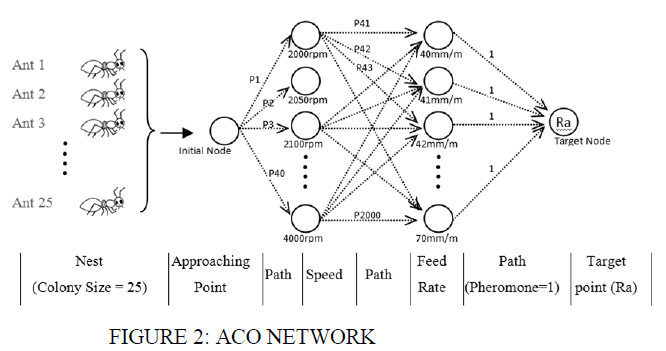 |
| Surface area determined by N2 adsorption BET method exhibits isotherms of type IV, in accordance with the IUPAC classification for mesoporous materials [19]. In case of Zr-MCM-41-5, pore diameter (~3.8 nm) confirms the mesoporous nature of the synthesized material with pore size distribution between ~2.5 – 8.0 nm, which is in range usually observed for Zr-MCM-41 (Fig. 5 and 6) [20]. Surface area of Zr-MCM-41 with various SiO2:ZrO2 ratios calculated by BET method are presented in Table 1. Pore diameter (~3.2 nm) confirms the mesoporous nature of the Ti- MCM-41-30 with pore size distribution between ~2.0 – 8.0 nm, which is in range usually observed for Ti-MCM-41 (Fig. 7 and 8). Surface area of Ti-MCM-41 with various SiO2:TiO2 ratios calculated by BET method are presented in Table 2. |
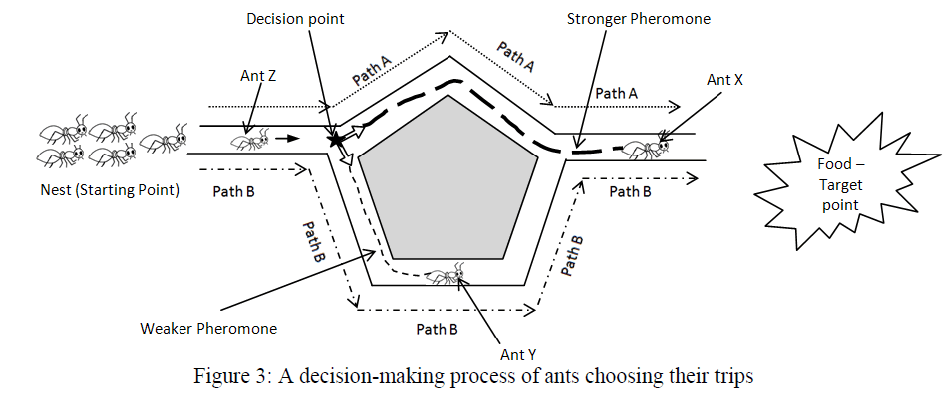 |
| The FTIR spectrum of Zr-MCM-41-5 and Ti-MCM-41-30 is presented in Fig. 14 and 15 respectively. In both cases, broad band in the region ~3400 cm-1 assigned to –OH stretching vibration of mesoporous MCM-41 structure. Band around ~ 1640 cm-1 is attributed to H-O-H bending vibration. A broad band between 1250 cm-1 to 1050 cm-1 is attributed to asymmetrical stretching of Si-O-Si. The band at ~960 cm-1 is attributed to Si-O-M (M=Zr, Ti) stretching. |
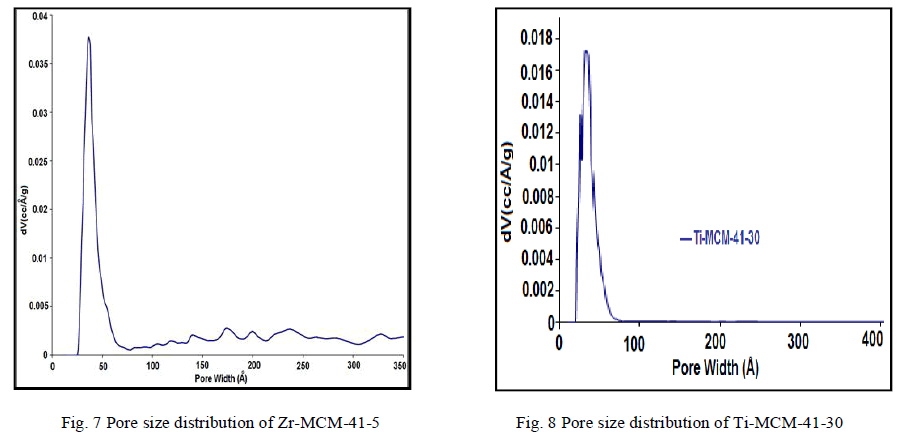 |
| TGA thermogram of Zr-MCM-41-5 exhibits an initial weight loss of ~ 14 % in the temperature range of 30-150°C due to loss of moisture and hydrated water. In case of Ti-MCM-41-30, TGA thermogram exhibits an initial weight loss of ~ 17 % in the temperature range of 30-150°C due to loss of moisture and hydrated water. In both the cases, there is a marginal/negligible weight loss in the material in the region 150-800°C, indicating good thermal stability of the material. |
| UV-DRS spectrum of Zr-MCM-41 and Ti-MCM-41 (with various SiO2:MO2 ratio, M= Zr, Ti) (Fig. 9 and 10) can offer additional information on the dispersion and environment of M atoms in the MCM-41 framework. The intense absorption band ~ 210 nm is attributed to a charge transfer transition from an oxygen atom to an isolated M cation in a tetrahedral environment. Further, the absorbance of band at 210 nm increases with increasing MO2 content, indicating more isomorphous substitution of M4+ [19]. |
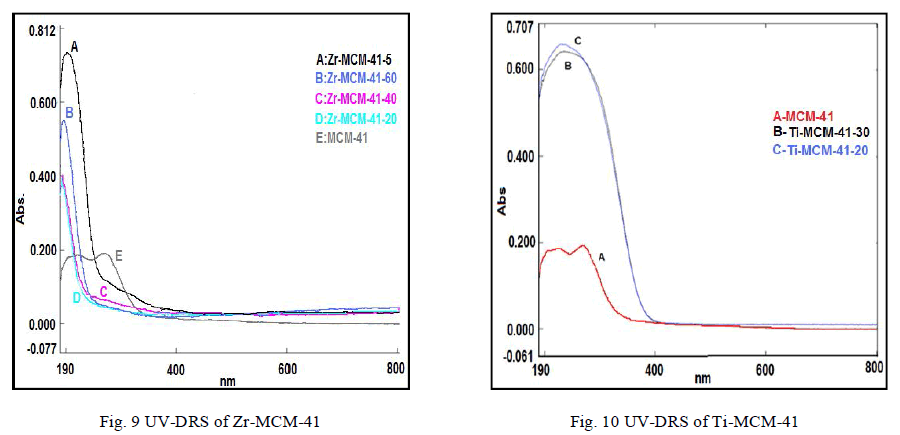 |
Catalytic activity: Epoxidation of allyl chloride to epichlorohydrin |
| Firstly, reaction conditions for conversion of allyl chloride to ECH were optimized using Zr-MCM-41-5 catalyst and results presented in table 3. All the reactions were carried out at room temperature, to avoid thermal decomposition of hydrogen peroxide using methanol as a solvent. It is observed that yield increases with reaction time until equilibrium is reached within 5h. For the same reaction time yield increases with increasing catalyst amount, since the number of active sites per gm of substrate increases. In all cases selectively only ECH was formed with selectivity ~99%, indicating no by-product formed. |
| Better catalytic activity of H2O2 as oxidant, compared to NaOCl and TBHP can be explained due to, formation of active adduct with H2O2 compared to NaOCl and TBHP. When concentration of H2O2 was decreased the % yield decreases. The presence of methanol in the reaction medium causes that methanol participates in the formation of active adduct [21]. This role is performed by water in the presence of an aprotic solvent. However, the electrophilic properties of the active adduct with the participation of water are weaker than those with methanol as a solvent [21]. For this reason the epoxidation in the aprotic solvent proceeds slowly. Therefore, protic solvent methanol was used in the present study. When mole ratio of SiO2/ZrO2 was increased from 5 to 20, 40 and 60 catalytic activity decreased which could be attributed to decrease in Zr4+ content in the silica framework. Zr-MCM-41-5 thus exhibits highest catalytic activity. Amongst Ti-MCM-41-20 and Ti-MCM-41-30, the later is catalytically more active. |
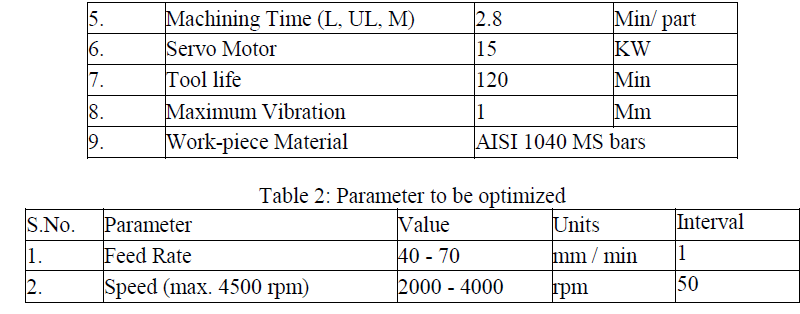 |
 |
| Based on ESR studies, Chaudhary et al. [4] have reported that Ti4+ undergoes easy reduction compared to Zr4+ and thus higher catalytic activity for Ti containing catalyst is expected compared to Zr containing catalyst. In the present study, there is not much difference in % yield using Ti-MCM-41-30 compared to Zr-MCM-41-5 where, Zr4+ content is greater than Ti4+ content. However, the average % yield of ECH, with SiO2: ZrO2 ratio 20 and 40 respectively, is ~37.69 % compared to % yield of ECH with SiO2:TiO2 ratio 30 which is 39.45 % which is in line with observation made in literature [4], indicating that the Ti4+ incorporated catalyst is catalytically more active compared to Zr4+ incorporated catalyst. |
| The mechanism involved in the formation of ECH (Scheme 1) could be proposed as suggested in literature reports [21] where, methanol is used as solvent using TS-1 and TS-2 as catalysts. Cheng-Hua et al. have reported the synthesis of ECH using allyl chloride with H2O2 using Ti-ZSM-5 as catalyst [22]. The maximum conversion reported by them based on allyl chloride, is ~67%, however using 8 g/L of catalyst (Ti-ZSM-5) with reaction time ~4.5 h and at 450C temperature. In the present study, ECH is obtained at room temperature. % yield of ECH (based on % conversion of H2O2) is ~39% using only 2.5 g/L of catalyst (Ti-MCM-41-30) with reaction time ~5h. |
| It is observed that the colour of the catalyst changes after each catalytic run, probably due to the fact that reactant molecules come onto surface of catalyst and enter into reaction to give the product while a few of them get adsorbed on surface. After reuse decrease in yields are observed (Table 3) which is probably due to the deactivation of catalysts because of substrate molecules getting adsorbed on surface or also entering interstices of the catalyst material. The deactivation of the catalyst might be due to the adsorption of allyl chloride and ECH formed on the active sites of the catalyst. Further, EDX graph of spent Zr-MCM-41 and Ti-MCM-41 (after 1st cycle) show slight decrease in atomic % of Zr = 5.18 and atomic % of Ti = 0.51, respectively. Therefore, decrease in % conversion of ECH in subsequent cycles (Table 3) may be attributed to leaching of Zr and Ti. |
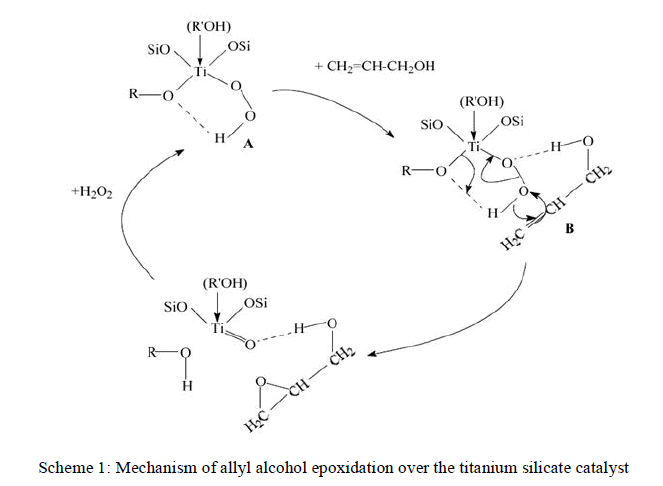 |
CONCLUSIONS |
| The study indicates the promising use of Zr-MCM-41 and Ti-MCM-41 as environment friendly heterogeneous solid acid catalysts for epoxidation of allyl chloride to ECH with ~99% selectivity at room temperature. The epoxidation reaction involves operational simplicity. The product formed can be simply distilled over and the catalyst can be regenerated and reused. The conversion of allyl chloride to ECH by using Zr-MCM-41-5 and Ti-MCM-41-30 as heterogeneous solid acid catalysts, along with H2O2 as an oxidant eliminates the use of corrosive chlorine and peracids (used in conventional process) as well as generation of chlorine-laden sewage and acid waste. Further, the reaction with H2O2 has the advantage of mild reaction condition, production of only water as by-product with added contribution to the epoxidation reaction. Finally, the conventional method for production of ECH is a non-catalytic process using chlorine. By using eco-friendly solid acid catalysts such as Zr-MCM-41 and Ti-MCM-41 the green chemistry principle, “Catalysts (as selective as possible) are superior to stoichiometric reagents” is implemented. |
ACKNOWLEDGEMENT |
| The authors thank to the management of Sud-Chemie India Pvt. Ltd., for providing instrumentation facilities for this work. |
References |
|